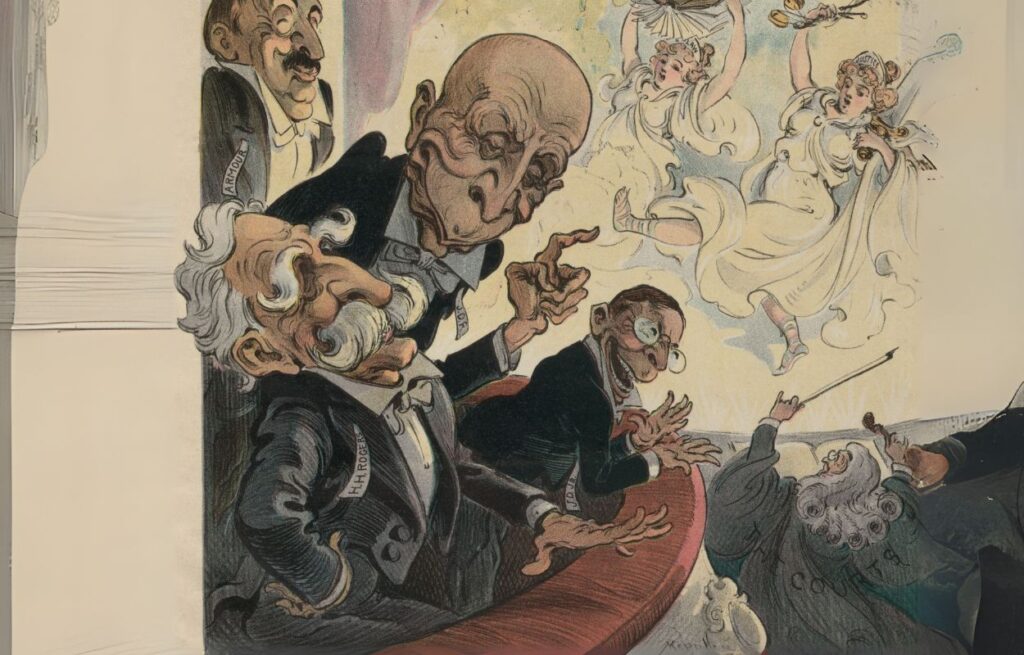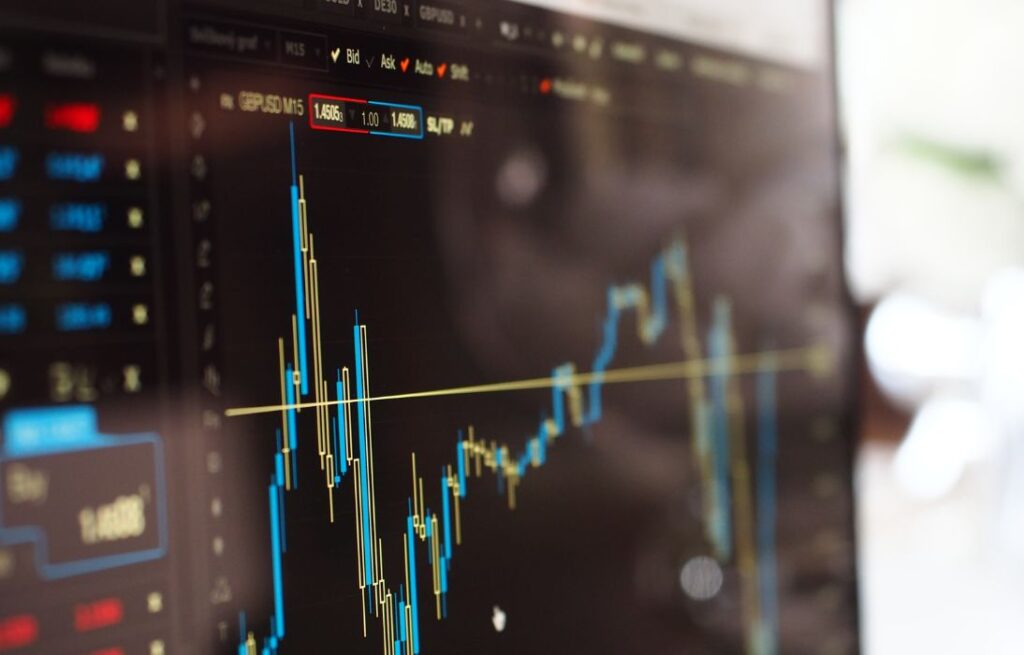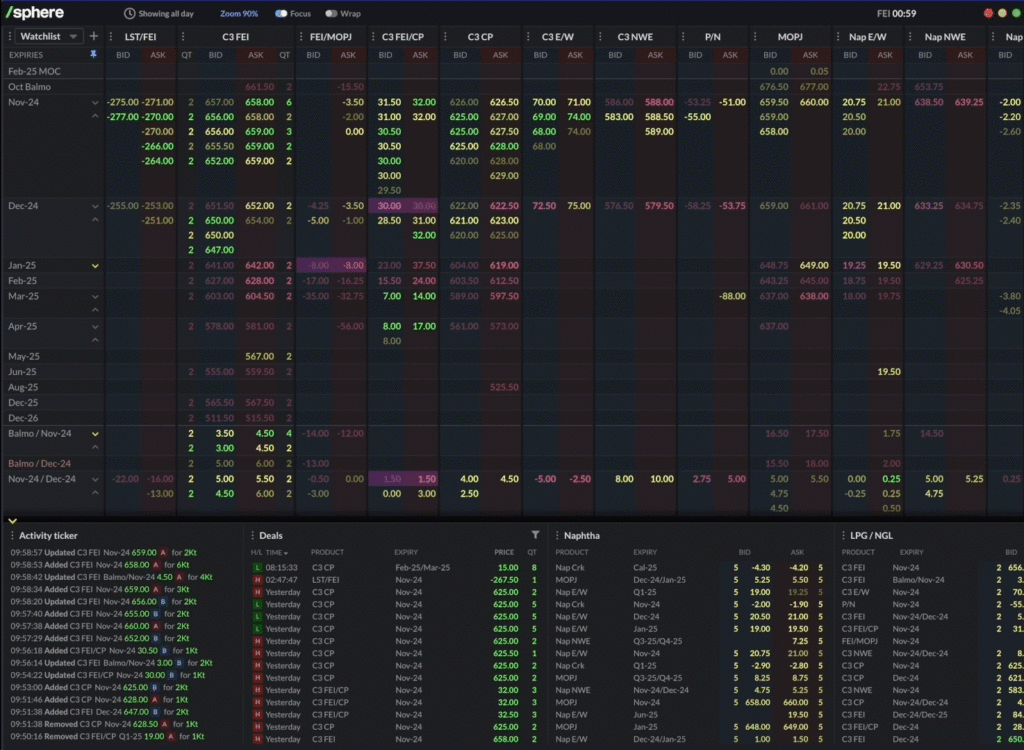From price forecasting and risk management to automating compliance and optimising execution, AI is reshaping how commodities trading firms operate. As adoption spreads, deeper questions are surfacing. Not just how these models work, but what they mean for the role of human traders, risk-taking, and accountability.
These questions took centre stage in a recent webinar featuring Jack Nugent, Director at strategic advisory firm Tradavex, and Tristan Fletcher, CEO and co-founder of ChAI, a company using AI to forecast commodity prices.
How important is explainable AI?
Explainability is about understanding how AI models reach their outputs. As models become more sophisticated, they also become harder to interpret. At first glance, explainability seems like a safeguard: If you know how something makes a decision, surely you can trust it more? In Tristan’s experience at ChAI, most firms won’t simply accept what a model tells them:
“We’ve never encountered an organisation that immediately trusts everything we do. Most of the companies we work with, including procurement teams and large corporates, are sceptical. They know the markets, and they want to know if our explanation lines up with how they think the world works. If it does, they might trust the forecast as a result.”
In that sense, explainability isn’t just about opening the black box, it’s a bridge between human intuition and machine insight.
But that bridge can become a trap. Humans love a good story, and that’s exactly what explainability offers: a narrative we can latch onto. But as Jack warns, that narrative can be misleading.
“Explainability can actually give people potentially a false sense of confidence in what’s going on. You’ve got a model that was a black box, and you were rightly suspicious. Then you open it up, it gives you a story, and suddenly it feels right, even though it’s just as likely to be wrong.”
That’s why, Jack argues, the real responsibility lies with companies to define their risk appetite and to be clear on what they’re willing to stake on any given strategy, rather than letting the model make that call for them.
There’s also a striking double standard. Both Jack and Tristan agreed that we seem to demand more transparency from machines than from ourselves, because while AI models are scrutinised for explainability, humans rarely are. As Jack puts it,
“You’ve got no visibility of what data inputs a human is taking in, no visibility on potential bias, overfitting, underfitting, all these other things they could be doing. And then everyone’s like, ‘But with the model, yeah, we definitely need to make sure we’re clear on that front.’”
And when it comes to whether AI will one day replace traders entirely, both Jack and Tristan were clear. Successful trading isn’t about removing humans. It’s about giving them sharper tools. AI can spot patterns at scale, surface new insights, and speed up decisions, but it can’t define risk appetite or strategy. And it shouldn’t.“It’s like flying a plane,” said Tristan. “Most of the time, autopilot works. But when something unexpected happens, you want a human with common sense in the cockpit.”
Looking for more insights?
Get exclusive insights from industry leaders, stay up-to-date with the latest news, and explore the cutting-edge tech shaping the sector by subscribing to our newsletter, Commodities Tech Insider.





